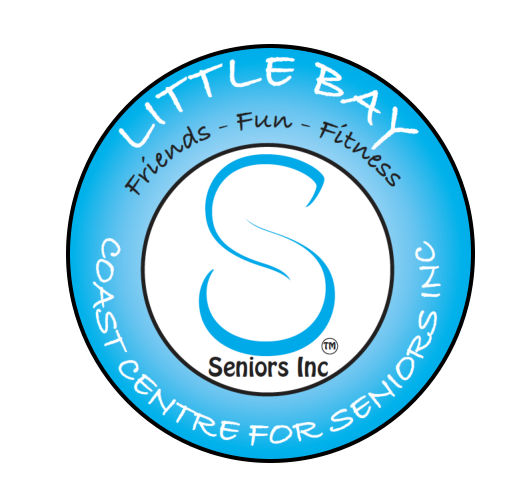Tag Archive for: happiness
Art & Health
/0 Comments/in Uncategorized/by LindaMany older Australians are reaping the benefits from being engaged in various forms of art. They are taking part in artistic activities and engaging with art to be active in both mind and body.
Keeping our mind active as we age has become so important as we age has become so important as it keeps us from being bored and withdrawing from the world around us. By participating in art based activities, we can feel better about ourselves.
Engaging in some form of art like painting, sculpture, writing or reciting poetry, drama or learning a musical instrument will get you in a better frame of mind to tackle your daily activities.
Your involvement in art can reduce the incidence of depression and loneliness, and will even help with your manual dexterity. You may notice that your mood has improved and that you look forward to getting out your paints, or meeting other like minded artists at a local workshop. You might find that you are more relaxed and happier in your day to day routine and that you are in control. The act of creating something for yourself or for another can increase your sense of self worth with the added bonus of always having gifts that you have created on hand. but the best part of all is, these sort of activities can stop you from being bored.
So if you have always thought of yourself as not being the ‘arty’ type, you have nothing to lose. Have a go at taking up an art form that you have thought you might like to try, give it a go and if it doesn’t suit you, then try something else. Look in the library for ideas or call your local council for advice about groups to contact.
A variety of weekly art classes are offered at Little Bay Coast Centre, click here for further information.
Article extracted from ‘ONECOTA’ Winter edition magazine.
The Value of Staying Connected Online
/0 Comments/in Uncategorized/by Linda10 Good Things About Being On The Internet:
- Stay in touch with friends and family using video calling or messaging
- Shop for groceries from your computer and get them delivered to your front door
- Share memories, pictures and videos over email or social media
- Keep up to date with local, government, and community activities
- Pay your bills from the convenience of your home by using online banking
- Conduct medical appointments at home with online video (via e-health)
- Keep the grand kids entertained on the internet when they visit
- Watch and stream TV shows online through services like YouTube, Netflix, Stan, Presto and Catch up TV
- Read books, newspapers and magazines articles online from your smartphone, tablet or computer
- Use social media like Facebook and Twitter to stay in touch with local communities, friends and family.
Mental Benefits
Knowledge of the Internet can also help improve mental alertness. Aside from the vast information from the Internet, it is also a great source for video games. Why video games? According to the Psychology and Aging magazine, playing video games helps improve cognitive functions which normally decline during the passing years. Strategy video games help in keeping our brains razors sharp and improve hand-eye coordination.
Learning and Leisure
One can continue learning by browsing the Internet to get more information on important topics, such as health and fitness. Watching tutorial videos related to their interests such as painting, playing the piano, gardening, flower arrangements, cooking, and travel, among others, is a great way to expand knowledge and keep the creative juices flowing.
Reconnect With Old Friends via Social Media
Facebook is the most popular social networking site that brings family and friends together. Share photos, chat online, play games, search old friends and more. What an exciting way to reconnect with old friends to whom they have lost throughout the years.
Helps Build Relationships With Grand Kids
Many seniors or grandparents feel they are being left behind because they cannot keep up with the world. With Internet knowledge and use, seniors can still catch up with their grandchildren, bridging the gap between them. Having a common activity together and frequent interaction via the Internet helps to build a better relationship.
Join our Tech Forum!
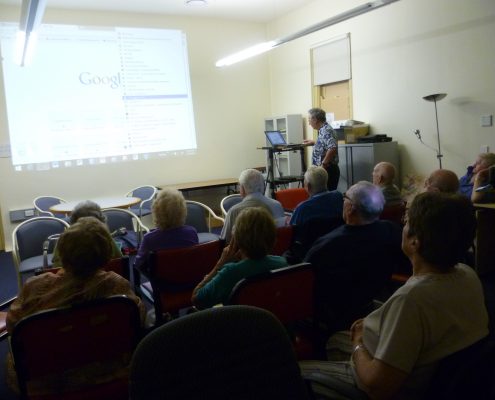
On the first and third Monday of every month (12 noon – 2pm)
One on one sessions are also available on Tuesdays and Thursdays
The Benefits of Walking
/0 Comments/in Uncategorized/by LindaSome people may not be able to do full exercise or go to the gym, but just walking 30 minutes a day can greatly improve your health and is also a great way to maintain your overall health. If you can’t manage 30 minutes a day, remember ‘even a little is good, but more is better’.
Regular walking has multiple benefits:
- Help to maintain a healthy weight
- Prevent or manage various health conditions such as, heart disease and Type 2 diabetes
- Strengthen your bones and muscles
- Improve your mood
- Improve your balance and coordination
- Walking with others can turn exercise into an enjoyable social occasion
The statistics are impressive: The American Diabetes Association says walking lowers your blood sugar levels and your overall risk for diabetes. Research shows that regular walking lowers blood pressure by as much as 11 points and may reduce the risk of stroke by 20% to 40%.
In a study by the New England Journal of Medicine in 2002, it found a 30% lower risk of cardiovascular disease, compared with those who did not walk regular.
And according to a 2014 study in the Journal of Experimental Psychology, Learning, Memory, and Cognition, going for a walk can also spark creativity. “Researchers administered creative-thinking tests to subjects while seated and while walking and found that the walkers thought more creatively than the sitters,” says Jampolis.
Walking can also keep your legs looking great. As we age, our risk of unsightly varicose veins increases—it’s just not fair. However, walking is a proven way to prevent those unsightly lines from developing.
If you already suffer from varicose veins, daily walking can help ease related swelling and restlessness in your legs and can also help delay the onset if you are prone to them.
Come join our walking group, The Coasters!
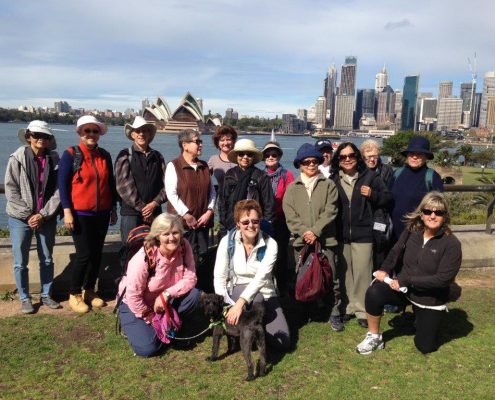
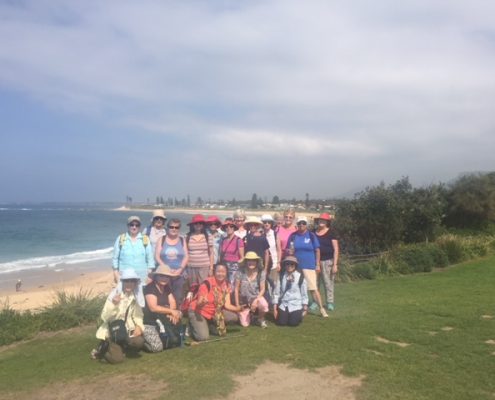
Walking For Pleasure every second Friday (Feb – June 2018)
Contact the Coast Centre or visit the Coast Centre office for the schedule or more information.
The Benefits of Playing a Pinball Machine
/0 Comments/in Uncategorized/by LindaPlaying with a pinball machine may just seem like a fun past time, but did you know that there are a multitude of benefits?
Playing with a pinball machine can actually be crucial in developing or maintaining motor skills. It is widely known that to be good at playing pinball one has to have good hand eye coordination. Hand-eye coordination is the ability to track the movements of the hands with the eyes, thus enabling the eyes to send important signals to the brain about hand movement. Poor hand-eye coordination can greatly compromise your ability to exercise and can also affect everyday tasks such as writing.
In learning how to play or by playing pinball frequently, hand eye coordination can be increased two fold, as well as developing lighting fast reflexes and incredible timing. Pinball can be quite a mental game, as you think of moves and strategies on the spot.
Hand-eye coordination tends to deteriorate with age. However, regular physical activity that utilises both fine and gross motor skills can help.

Pinball can also help those dealing with grief. As mourners’ movement between different stages of grief such as shock and depression can be unpredictable, this process has been likened to the workings of a pinball machine, according to Mental Health Practice journal.
The authors of the September 2012 journal are in no way trying downplay grief or suggest it is a game, but they are however trying to explain through the metaphor of pinball that the process of grieving is not linear.
With grief, there can be triggers that can prolong or even restart the process – just like on a pinball machine, in which pressing the buttons can prolong the game. Anniversaries or special events can examples of triggers for mourners. Many mourners describe themselves as ‘bouncing’ from stage to stage in the grieving process, which is similar imagery to pinball. Mourners can seek comfort in the fact that their responses are normal and grieving doesn’t have to calculated. Grieving takes time and effort. This model can also be adapted to help those coping with separation, divorce, loss of employment or financial loss, say the authors.
So come by on Seniors Week (April 9-13) and play some good ‘ole vintage pinball for free!
Ballet Classes Can Strengthen Your Mind
/0 Comments/in Uncategorized/by LindaGoing into a ballet class most people expect the physical strain that comes with the grace, poise, posture and foot work that ballet dancers are famous for enduring. However, people forget that ballet also works the mind.
“You need to really think during a ballet class,” says Dianne Harrison, principal at Elancé Adult Ballet School in Melbourne. “Your brain needs to be several steps ahead of your body. It must instruct and control multiple muscle groups, apply the correct techniques to prevent injury and create artistry through emotional expression. And then you dance!”
Fortunately, our brains respond well to these challenges. A 2017 study in Frontiers in Human Neuroscience journal compared the impact that both dance and repetitive endurance training had on the hippocampus – the part of the brain that is mostly associated with memory.
As a result of the different arm formations, steps, rhythms, and speeds, the study found that ballet dancing led to a behavioural change through improved balance.
It found that while both had a positive impact, only dancing led to a behavioural change through improved balance. The authors attributed this to dancers having to learn new routines, as well as different arm formations, steps, rhythms and speeds.
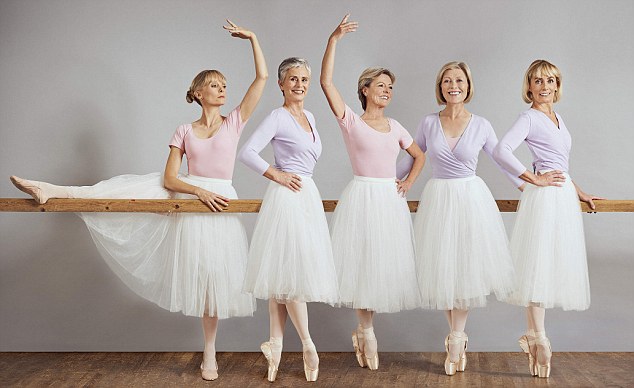
Meanwhile, a 2003 study in The New England Journal of Medicine showed that of 11 physical activities, only dancing was associated with a lower risk of dementia.
Luckily, ballet, however ungraceful, moves us forward.
Tango Is Good For Your Brain
/0 Comments/in Uncategorized/by LindaResearch suggests that dancing the Tango greatly improves mental health.
Tango has shown a greater increase in mindfulness, as one has to be fully engaged in the present moment to execute complicated dance moves.
You can’t have a chat and dance tango.
This passionate dance needs effective communication between partners and to be able to really connect and feel what your partner is “telling”, you need to be 100% present every moment.
In this way, Tango can also act as a form of meditation. Especially if you close eyes, you will feel and connect with the music as well as move and flow with your dance partner.
It was also found to be the only physical activity associated with a lower risk of dementia. Tango is all about improvisation, as there are no fixed dance moves to follow. The dance requires split-second, rapid-fire decision making, which makes us use several brain functions at once — kinaesthetic, rational, musical and emotional — further increasing your neural connectivity.
When we take decisions by doing new physical or mental activities, our brain creates new neurological pathways. Because so many decisions are involved in dancing, it will ultimately help strengthen our muscle memory and the communication between multiple different neural systems.
You can join our Tango classes at the Coast Centre, commencing March 7, 2018 – learn more here

Five Good Reasons To Visit Canberra Now
/0 Comments/in Uncategorized/by LindaCanberra offers a great diversity of attractions and experiences all within close proximity.
Our trip on 22 March offers two outstanding destinations: The National Gallery of Australia and The Australian War Memorial; you choose.
Delight in the art and world-class exhibitions on show at The National Gallery of Australia, on the shores of Canberra’s Lake Burley Griffin. Art lovers will enjoy meandering through the galleries and admiring the collection, which includes the famous ‘Blue Poles’ by Jackson Pollock and the Ned Kelly series by Sidney Nolan.
Tours and activities are a great way to get more out of your visit. One hour Gallery Highlight Tour available 10.30 am, 11.30 am, 12.30 pm, 1.30 pm and 2.30 pm daily.
The Gallery currently has 4 outstanding exhibitions open to the public at no charge, among many others. The standouts are :-
Namatjira
Painting country
This display celebrates the donation of Gordon and Marilyn Darling’s collection of watercolours by the critically acclaimed Western Arrarnta artist, Albert Namatjira. It also features works by the Hermannsburg artists who continue his legacy.

Australian
Impressionism
This Exhibition heralds the return of Arthur Streeton’s Golden summer, Eaglemont from the National Gallery, London, all of the NGA’s major Australian Impressionist works will be hung together, offering an unprecedented opportunity to experience the depth and richness of the national collection.
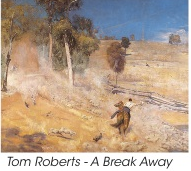
David Hockney
Prints
David Hockney has been an important figure on the international art scene for half a century. This exhibition explores the broader history of his printmaking practice through key works from the NGA’s extensive collection, one of the largest in the world.
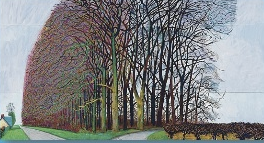
Arthur Streeton
The Art of War
This Exhibition brings together key works from Streeton collections around Australia and overseas, Streeton’s contribution to the Australian war effort was significant.

The Australian War Memorial is also a standout place to visit. There are free frequent guided tours.
Trip details
Departs Brodie Ave, Little Bay at 8am Returns 7pm.
Cost $60 pp. Bookings Essential.
Call us at The Coast Centre Reception 9311 4886
Christmas Market 2017
/0 Comments/in Uncategorized/by Linda
To celebrate Christmas 2017, we’re hosting a Christmas Market day on Saturday 9 December between 9 and 2. Stalls will be available, under shelter, on our western verandah. Anyone in the neighbourhood who has great Christmas wares to sell is welcome to join us as a stall holder. A spot at this market will cost just $50. We already have stallholders with speciality giftware to sell as well as cakes, jams, cards, ceramics, artworks, jewellery and plants.
Please give us a call or email if you’d like to part of the day. Tel. 9311 4886
